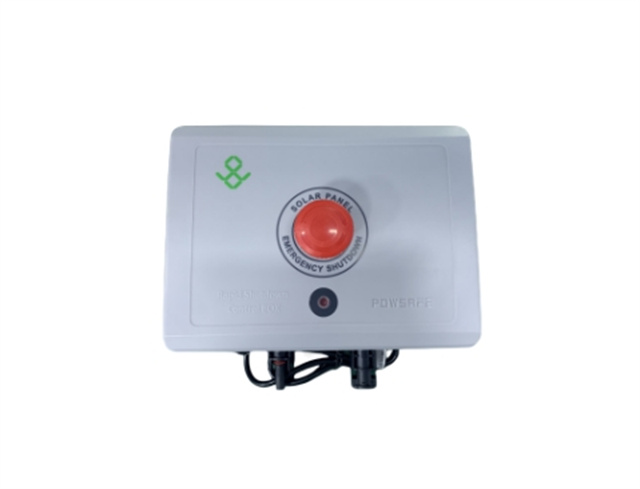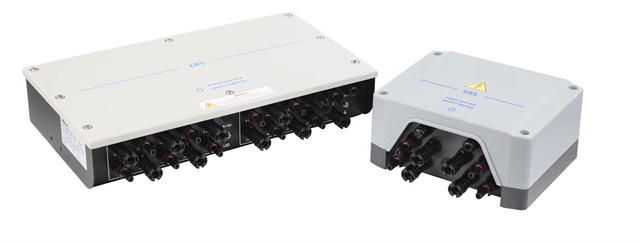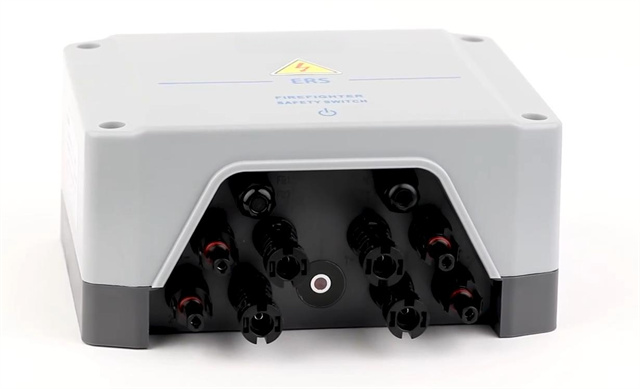Author:BLD Solar Energy SystemFROM:Solar System Converter Manufacturer TIME:2023-08-18
Exploring the Versatile Applications of Solar Panel Rapid Shutdown
The solar panel industry has witnessed remarkable advancements in recent years, with the advent of new technologies and innovative solutions. One such development that has gained significant attention is the concept of solar panel rapid shutdown. This safety mechanism ensures the rapid de-energization of photovoltaic (PV) systems during emergencies, minimizing the risk of electrical hazards. However, the applications of solar panel rapid shutdown extend beyond safety measures. In this article, we will explore the diverse applications of this technology and its potential to revolutionize various industries.

Fire safety is a paramount concern, particularly in buildings equipped with solar panels. Traditional PV systems continue to generate electricity even when the main power supply is turned off. This poses a grave risk to firefighters during emergencies, as they could be exposed to live wires and high-voltage currents. With the implementation of solar panel rapid shutdown systems, emergency responders can ensure the prompt deactivation of PV systems, minimizing the risk of electrical accidents. By providing a safer working environment for firefighters, this technology greatly enhances their ability to combat fires effectively.

Solar panel rapid shutdown systems have also proven to be instrumental in improving the resilience and stability of power grids. During grid failures or maintenance activities, it is crucial to disconnect all active power sources effectively. Failure to do so can lead to backfeeding, where solar panels continue to feed surplus electricity into the grid. This can damage equipment and endanger utility workers attempting to repair the grid. By rapidly shutting down solar panel systems, the risk of backfeeding is mitigated, allowing for safer and more efficient grid management. The integration of rapid shutdown technology thus plays a vital role in ensuring grid stability and reducing the risk of electrical accidents.

Another exciting application of solar panel rapid shutdown technology lies in facilitating building integration. Solar panels are increasingly being incorporated into building materials, such as windows, roofs, and facades, to harness solar energy without compromising aesthetic appeal. However, the presence of live wires presents a potential safety hazard. By employing rapid shutdown systems, building-integrated photovoltaics (BIPV) can ensure that electrical circuits are immediately deactivated in case of emergencies, making this application not only safe but also practical for widespread adoption. The integration of solar panel rapid shutdown technology thus paves the way for seamless incorporation of solar energy generation into architectural design.
In conclusion, solar panel rapid shutdown technology offers numerous benefits beyond its primary function of enhancing safety measures. From safeguarding firefighters during emergencies to improving grid resilience and facilitating building integration, the applications of this technology are diverse and promising. As the solar panel industry continues to evolve, the widespread adoption of rapid shutdown systems is expected to revolutionize various sectors, making solar energy safer, more efficient, and seamlessly integrated into our daily lives.
